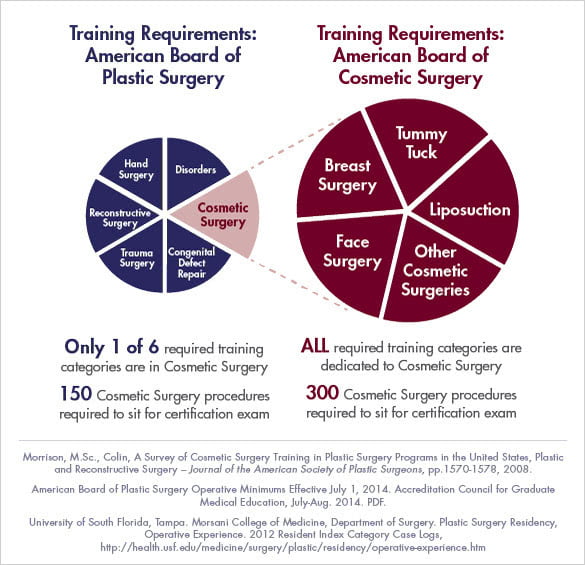
There are several pros and cons to choosing saline or silicone implants for your breast augmentation surgery. Silica is more malleable, and less likely that it will rip. Saline implants are filled using saltwater. These implants also require a smaller incision, but they also tend to look less natural. Saline implants are not recommended for those with very thin breast tissue.
Implants shaped to mimic the natural shape of the breast's teardrops
Shaped breast implant look better than round ones. They are thinner on the top and gradually taper down to fullness just below the nipple. This shape is a favorite among women who want a natural-looking enhancement. These implants can be filled with cohesive silicone gel and tend to be less likely to cause ripples, folds, and creases than round implants.

Silicone implants tend to be less prone for rippling
With saline-based implants, rippling is quite common. However, silicone implants have less noticeable rippling. Silicone implants contain a cohesive gel filler. The gel closely matches the skin and natural breast tissue. Silicone breast implants are less likely than silicone implants to cause rippling. This makes them more suitable for petite or thin women.
Salinization implants are made with saltwater
Saline breast implants are filled with a sterile saltwater solution. Some of these implants are pre-filled, and others are filled during the implant operation. They come in a variety of shapes and sizes, and may be smooth or textured. They have been FDA approved for breast augmentation in women aged 18 and over. They are also commonly used for breast reconstruction.
Gummy bear implants have a firmer silicone gel
Gummy bear breast implants have a silicone gel that is firm and less likely to crack after surgery. The firm silicone gel helps retain their shape and reduces the risk of capsular contraction. The implants are stronger than regular silicone or standard saline and have firmer shells.
Saline implants are FDA-approved for women aged 22 and older
Filling saline breast implants with sterilized salwater is possible. These implants are more cost-effective and versatile than silicone implants which are usually filled intraoperatively. Saline implants can be customized to meet the needs of each patient. They are FDA-approved for women age 22 and over.

Saline implants have a lower risk of capsular contracture.
Study results have shown that silicone breast implants are more susceptible to contracture than saline implants. There are a few caveats in these findings. Patients must consent to the funding of a reoperation. This is done in written informed consent. The second is that further reoperations can make the condition worse or increase the risk for permanent tissue compromise.